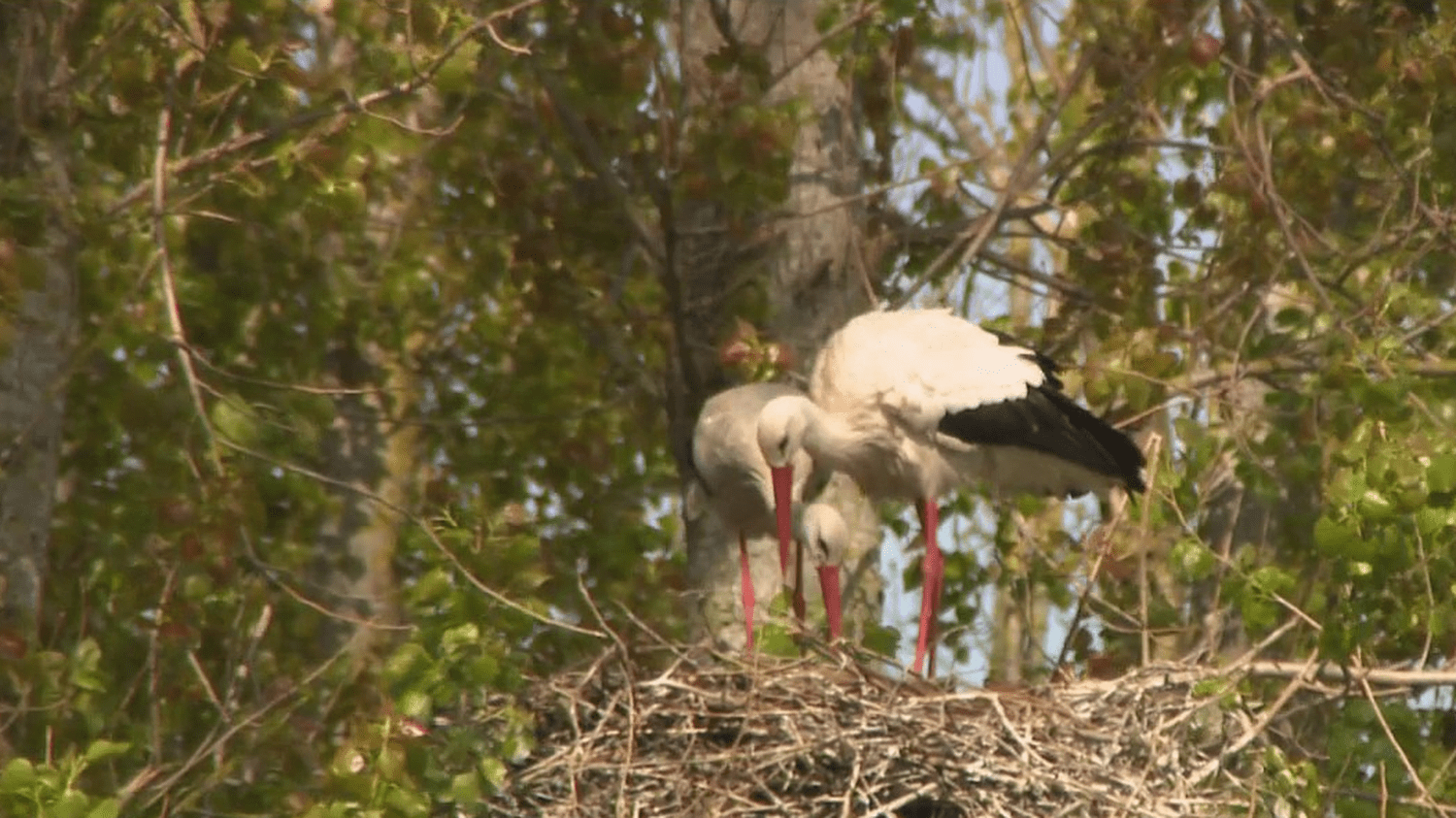Published
Video length: 2 min.
Article written by

The Seine Estuary reserve is one of the favorite places for storks to nest and nurse their young. Walks allow walkers to observe them.
Under the spring sun, binoculars on the nose, we hope to see the red beak of the storks, perched in their nest 30 m high. They are about sixty to find refuge in the natural reserve of the Estuary of the Seine (Seine-Maritime), which makes it one of the largest colonies in the west of France. “We are on an estuary which allows us to have a fairly significant biodiversity. The storks feed on 80% of invertebrates (…) they will be able to find everything they need available in this wetland”explains host Baptiste Lepoutre.
Migration impacted by climate change
The storks find each other before leaving on migration. But according to Baptiste Lepoutre, “because of global warming, storks migrate less and less far, they go a lot to the Maghreb, more and more to Spain (…) some will even spend the winter here in Normandy.” Storks are visible until August, provided you don’t disturb them.
